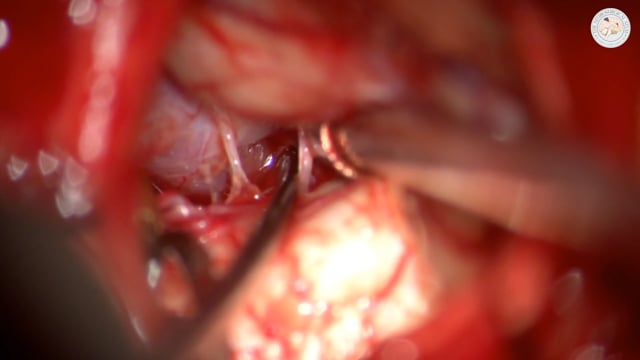
Semantic Memory Deficits Associated With Pica After Acquired Brain Injury These backgrounds prompted us to explore the mechanisms behind pica by using systematic cognitive and behavioral examinations that focused on frontal release signs, semantic memory deficits, and changes in eating behaviors. Changes in the sense of taste and smell and in eating behaviors are common in dementia, especially in frontotemporal lobar degeneration. suggested that changes in eating, including pica, could result from a change in the sense of taste and of smell. To study pica, changes in eating such as appetite and food preference among dementia patients should be taken into account.

Human hyperorality has also been described in patients with focal frontal lobe lesions and in the context of frontal release signs it also has a remarkable dependency on external stimuli, e.g. Whereas monkeys with hyperorality never eat non-food items but instead discard them after examining them by mouth, patients with pica do eat non-food items. Hyperorality, which was first reported in Klüver-Bucy syndrome, has symptoms that are similar to those of pica, although there is a notable difference between pica and hyperorality as described in Klüver-Bucy syndrome. These reports suggest that pica might be associated with temporal lobe damage and relevant semantic memory deficits. Ikeda also suggested that pica might be related to semantic memory deficits. suggested that a failure to recognize objects might account for the eating of inedible objects. From clinical observations, Morris et al. Previous case reports of pica in individuals with acquired brain injury and degenerative diseases had a lesion or degeneration in temporal lobe. To avoid confusion, we applied Walker’s definition in this article, in which pica is defined as the eating of non-food items. The mixing of both food and non-food items within the definition of pica might confuse scientific studies. Regarding pica that occurs after acquired brain injury or in degenerative diseases little was known about the symptomatology or the neural substrates of this abnormal behavior.ĭSM-5 defines pica as a persistent eating of non-nutritive, nonfood substances, which includes a pathological eating of both food and nonfood items. However, except for ice cravings, the definite mechanisms underlying pica has not been well elucidated. Among those hypotheses, nutritional theory is the most promising one, explaining ice cravings as a result of iron deficiency anemia.

Several hypotheses of pica have been proposed to explain this enigmatic behavior, including nutritional, psychological, cultural and pharmacologic theories. In spite of detailed description for centuries, the mechanism of pica has been poorly understood. Although pica was first reported in pregnant women, it also occurs in children and adults, as a result of neurodevelopmental disorders or psychiatric disorders, and in individuals with acquired brain injuries or degenerative diseases. Pica may cause digestive diseases, which sometimes require medical emergencies.

These items should be avoided for patients with pica.Īmong the variety of behavioral and psychological symptoms of dementia, pica, a persistent eating of non-nutritive substances, leads to particularly high burdens for family caregivers. The most common items involved in pica are daily necessities that are easy to swallow or drink, such as lipstick or shampoo. Considering the temporal lobe involvement and semantic memory deficits for both etiologies, our findings on pica for acquired brain injury might also be applied to degenerative diseases. For degenerative diseases, case reports and our data in this article suggest that Alzheimer’s disease and semantic dementia are the two main etiologies that cause pica. Our findings suggest that semantic memory deficits as a result of temporal lobe damage are associated with pica. The brain region specific for pica in our study was the posterior part of the left middle and inferior temporal gyri. We have addressed this issue by investigating patients with acquired brain injury who presented with pica and found that semantic memory deficits are associated with pica rather than frontal release signs or changes in eating behaviors. Pica is one of the most enigmatic behaviors for human beings and its neural basis and underlying mechanisms have yet to be elucidated.


 0 kommentar(er)
0 kommentar(er)
